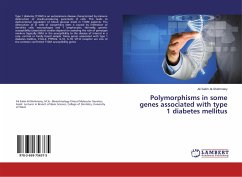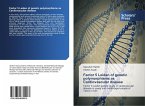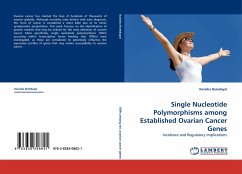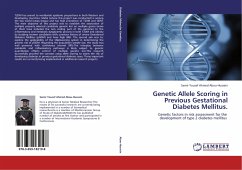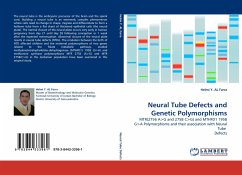The new disease through the world is Diabetes Mellitus (DM), that is more than 250 million people have diabetes and it is predicted to increase over 20 years; Its distribution around the world is not evently' the world-wide diabetes prevalence is 3-4%, while many countries and regions experience a prevalence rate of diabetes of well over 10%. Such some countries in the Middle East, where the prevalence of diabetes among middle aged adults exceed 16%. Both T1D and T2D are polygenic disorders of which genetic and environmental factors involved in their development. The cumulative evidence supports a strong genetic component associated with DM, epidemiological data showed wide differences in geographic. The present study involved investigation of both types of Diabetes in order to illustrate and identify the common genetic basis generally between T1D and T2D in humans. This identi cation of a common genetic component aid to clarify the pathogenesis underlying the common mechanism between T1D and T2D, which may facilitate the establishment of a novel strategy for the prevention of diabetes.


